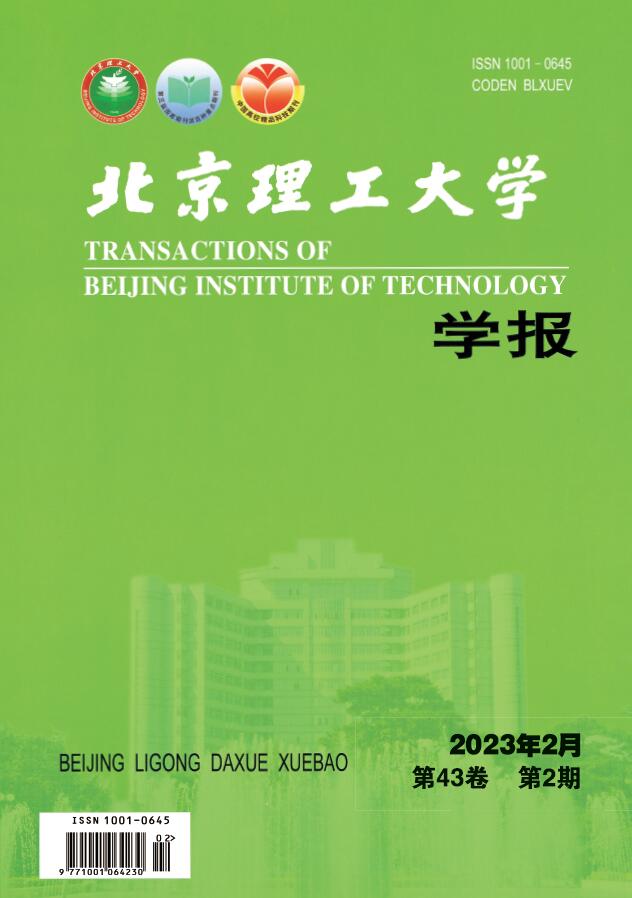2020 Vol. 40, No. 1
Display Method:
2020, 40(1): 1-10.
doi:10.15918/j.tbit1001-0645.2019.309
Abstract:
2020, 40(1): 11-16.
doi:10.15918/j.tbit1001-0645.2018.362
Abstract:
2020, 40(1): 17-22.
doi:10.15918/j.tbit1001-0645.2018.395
Abstract:
2020, 40(1): 23-28,47.
doi:10.15918/j.tbit1001-0645.2018.236
Abstract:
2020, 40(1): 29-34.
doi:10.15918/j.tbit1001-0645.2018.435
Abstract:
2020, 40(1): 35-40.
doi:10.15918/j.tbit1001-0645.2018.434
Abstract:
2020, 40(1): 41-47.
doi:10.15918/j.tbit1001-0645.2018.494
Abstract:
2020, 40(1): 48-52.
doi:10.15918/j.tbit1001-0645.2018.063
Abstract:
2020, 40(1): 53-61.
doi:10.15918/j.tbit1001-0645.2019.109
Abstract:
2020, 40(1): 62-68.
doi:10.15918/j.tbit1001-0645.2018.051
Abstract:
2020, 40(1): 69-75.
doi:10.15918/j.tbit1001-0645.2018.171
Abstract:
2020, 40(1): 76-82.
doi:10.15918/j.tbit1001-0645.2018.038
Abstract:
2020, 40(1): 83-89.
doi:10.15918/j.tbit1001-0645.2018.149
Abstract:
2020, 40(1): 90-97.
doi:10.15918/j.tbit1001-0645.2018.039
Abstract:
2020, 40(1): 98-104.
doi:10.15918/j.tbit1001-0645.2018.042
Abstract:
2020, 40(1): 105-110.
doi:10.15918/j.tbit1001-0645.2018.289
Abstract:
2020, 40(1): 111-116.
doi:10.15918/j.tbit1001-0645.2018.124
Abstract:
2020, 40(1): 117-120.
doi:10.15918/j.tbit1001-0645.2018.216
Abstract:


